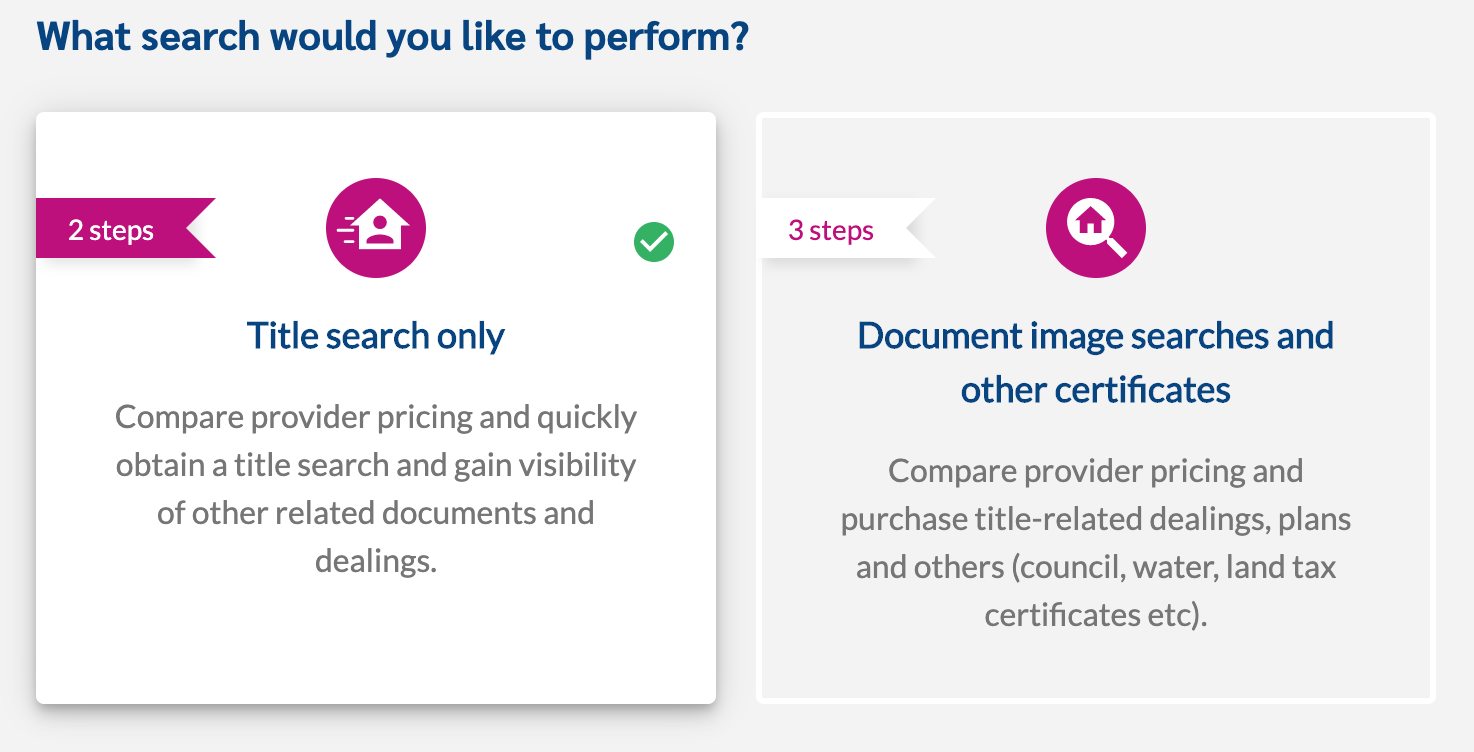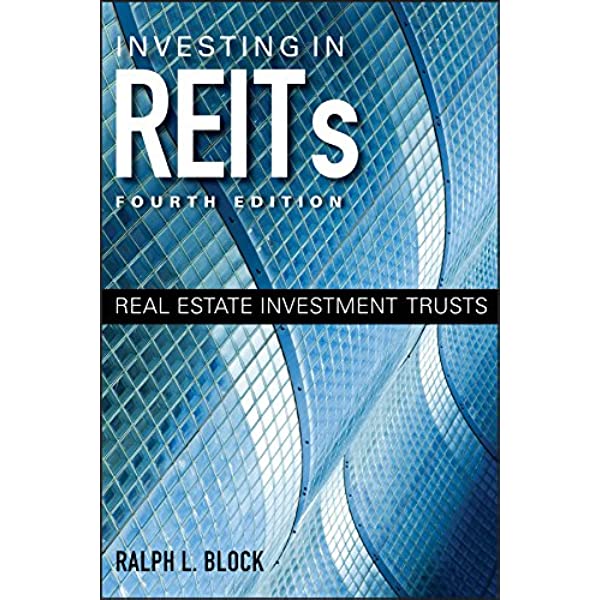
Before you can start working in real estate, you must first get a real estate license in California. There are some steps you should take. These include sending a fingerprint card to the Bureau of Real Estate. You will then need to enroll in a school that offers real-estate training.
California real estate licensing courses
Pre-licensing courses are the first step to obtaining a California real estate license. These courses should be taken only at accredited colleges and universities. The Department of Real Estate keeps a list of accredited institutions. Or, you may also choose to take classes online. However, you should be aware of the time and money requirements.
The courses you take must be approved by the state's Department of Real Estate. AceableAgent, an accredited online real estate school in California, is approved. The courses are constantly updated and are sometimes available at a discounted rate. Unfortunately, many students find the course materials difficult to read and can take a lot of time to absorb the information.

Exam pass rate
There are many methods to study for your real estate license exam. The key to success is choosing the right program. Make sure you enroll in the most comprehensive program available. It should also include quizzes, practice tests, and written exam prep. You may also find audio and video courses in some programs.
Many real estate schools boast high pass rates. The CE Shop boasts a 91% pass rate. The courses they offer are updated with the most recent information. Plus, you can often find discount courses. But, it is worth noting that the course materials might be difficult to comprehend. Most students feel that the course materials are difficult to understand.
Pre-licensing requirements
Pre-licensing is the first step towards obtaining a California real property license. There are many online courses that can help you prepare for the real exam. An excellent prep course will offer additional study resources as well as real-world scenarios.
California requires you to take at least one prelicensing course, and 135 hours of related coursework. Find out how many hours of education are required by California Department of Real Estate.

Education requirements
In California, students must complete at least one year of education prior to obtaining a real estate license. The curriculum must contain at least two core courses totalling 135 hours. The first of these is Real Estate Principles, which covers real estate law and ethics. The second course deals with financing and escrow. Students will also need to complete a listing course.
In addition to the core courses, students must complete a background check through a live scan of their criminal records. Refusal to disclose criminal records could result in a denial of licensure. The state exam is difficult. However, many schools offer extra resources for students in preparation for the exam.
FAQ
Is it better to buy or rent?
Renting is generally less expensive than buying a home. It's important to remember that you will need to cover additional costs such as utilities, repairs, maintenance, and insurance. There are many benefits to buying a home. You will have greater control of your living arrangements.
What are some of the disadvantages of a fixed mortgage rate?
Fixed-rate mortgages have lower initial costs than adjustable rates. Also, if you decide to sell your home before the end of the term, you may face a steep loss due to the difference between the sale price and the outstanding balance.
How can I repair my roof?
Roofs can burst due to weather, age, wear and neglect. For minor repairs and replacements, roofing contractors are available. Get in touch with us to learn more.
Statistics
- This seems to be a more popular trend as the U.S. Census Bureau reports the homeownership rate was around 65% last year. (fortunebuilders.com)
- It's possible to get approved for an FHA loan with a credit score as low as 580 and a down payment of 3.5% or a credit score as low as 500 and a 10% down payment.5 Specialty mortgage loans are loans that don't fit into the conventional or FHA loan categories. (investopedia.com)
- Some experts hypothesize that rates will hit five percent by the second half of 2018, but there has been no official confirmation one way or the other. (fortunebuilders.com)
- The FHA sets its desirable debt-to-income ratio at 43%. (fortunebuilders.com)
- 10 years ago, homeownership was nearly 70%. (fortunebuilders.com)
External Links
How To
How do I find an apartment?
The first step in moving to a new location is to find an apartment. This requires planning and research. This includes researching the neighborhood, reviewing reviews, and making phone call. While there are many options, some methods are easier than others. Before renting an apartment, you should consider the following steps.
-
You can gather data offline as well as online to research your neighborhood. Online resources include Yelp. Zillow. Trulia. Realtor.com. Online sources include local newspapers and real estate agents as well as landlords and friends.
-
See reviews about the place you are interested in moving to. Yelp. TripAdvisor. Amazon.com have detailed reviews about houses and apartments. You may also read local newspaper articles and check out your local library.
-
Call the local residents to find out more about the area. Talk to those who have lived there. Ask them about what they liked or didn't like about the area. Ask if they have any suggestions for great places to live.
-
You should consider the rent costs in the area you are interested. Renting somewhere less expensive is a good option if you expect to spend most of your money eating out. However, if you intend to spend a lot of money on entertainment then it might be worth considering living in a more costly location.
-
Find out about the apartment complex you'd like to move in. What size is it? What's the price? Is the facility pet-friendly? What amenities do they offer? Is it possible to park close by? Do tenants have to follow any rules?